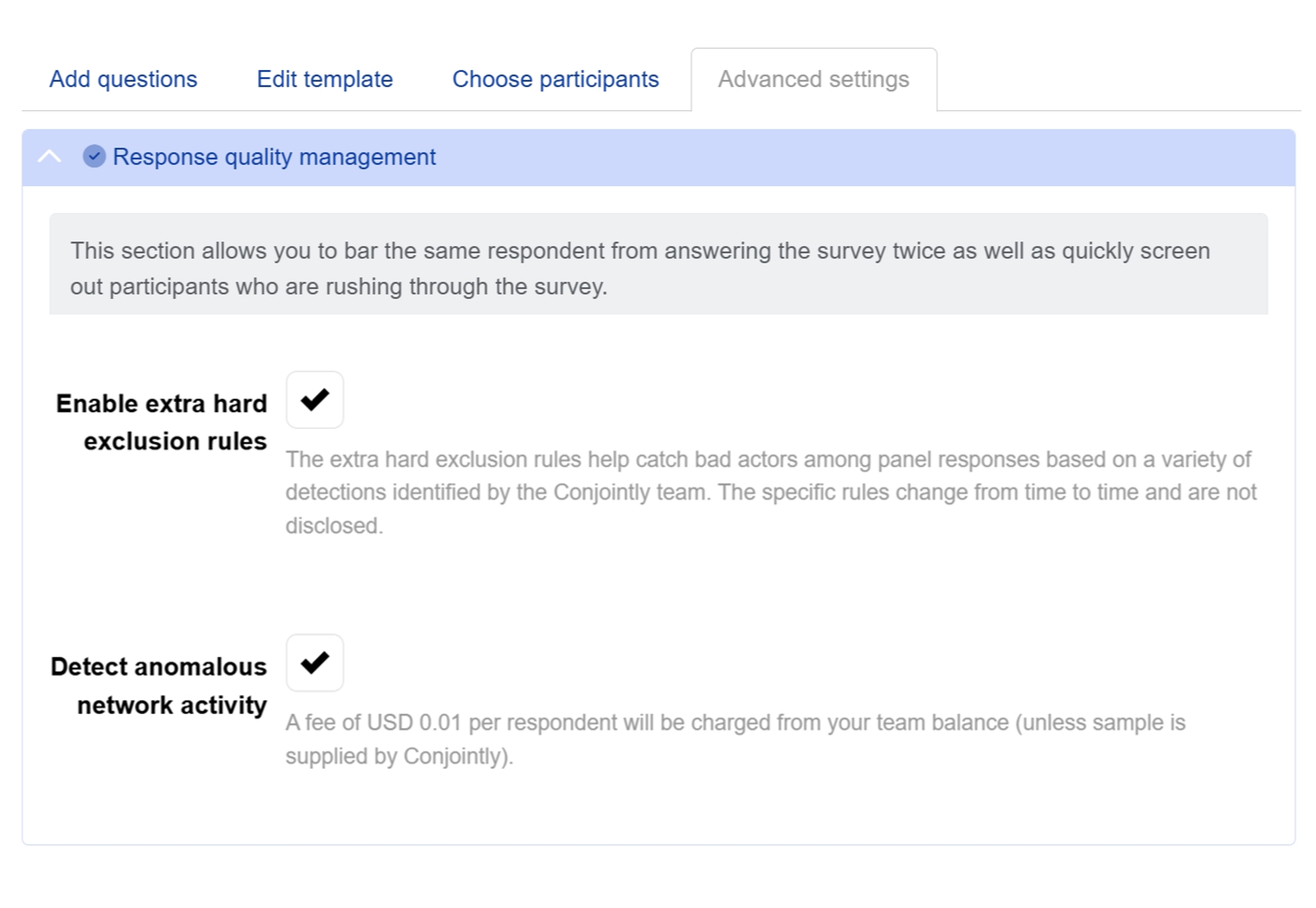UX testing is widely used in software development, while market research remains underutilised. This article compares these approaches and discusses how to use both for the best results.
In software development, user experience (UX) testing is often used to evaluate software from an end-user’s perspective. In contrast, market research takes a broader approach to determine how all aspects of a product can be adjusted to maximise user preference. While UX testing may be more common in software development, incorporating market research and UX testing into your development cycle will result in more successful products. This article delves into the inherent value of both approaches, guiding you in crafting software that resonates with consumers.
Key differences between market research and UX testing
The table below summarises the key differences between market research and UX testing:
| Market Research | UX Testing | |
|---|---|---|
| Focus | Consumer preferences and behaviours | User experience |
| Goals | Understand the market and consumer trends to inform strategic decisions | Identify usability issues and improve user experience |
| Inputs | Raw ideas, designs, and assets | Prototypes |
| Outputs | Market-centric insights | User-centric insights |
Study of consumers vs. analysis of user experience
Market research is the study of consumers to understand their preferences, wants, needs, buying habits, and behaviours. It helps businesses to make decisions regarding product development, pricing, marketing, and advertising efforts.
On the other hand, UX testing is a comprehensive approach that analyses user experience when interacting with a digital product or service. This includes users’ perception of the product performance, emotional response, perceived value, and satisfaction with the UX design.
While both market research and UX testing can help you understand user experience, market research often extends its focus to more than just interactions but broader dimensions like market trends and consumer behaviours .
Ideas, designs, and assets testing vs. prototype testing
Market research lets you test specific parts of your branding or design, such as logos, graphic designs, product concepts, image ads, and more. These tests can encompass raw ideas, ongoing development, or finalised form, allowing you to make iterative improvements throughout the development process.
In comparison, UX testing requires functioning or complete prototypes for evaluation. Once a project is at the stage where meaningful UX testing can be completed, countless hours will have gone into design and development. This represents a much larger investment than market research, where you could launch a Market Test to validate your designs and receive results within two hours, making it a seamless fit for agile development.
General consumers vs. user testers
Market research and UX testing can involve feedback from the general public and targeted product users. However, UX testing demands a certain level of understanding in UX and is often performed by individuals familiar with the products or who work as testers to ensure valuable insights.
In comparison, market research is open to a broader range of participants without requiring specific skills, making the cost to recruit participants much lower than that of UX testing.
Market-centric vs. user-centric insights
Due to its focus and approach, market research provides insights from broad consumer perspectives. This is particularly useful for informing decisions regarding product and marketing strategies, including branding, concept selection, advertising, and numerous other aspects.
On a different note, when aiming to enhance a particular product’s user experience, UX testing comes in handy as it generates insights directly from users interacting with the design, thereby offering specific suggestions tailored to the product’s improvement.
Iteratively improve your products with market research from Market Tests
Chances are, you are already engaging in UX testing. However, by performing market research, it will allow you to:
- Test small discrete parts of your designs.
- Collect a wider array of improvement suggestions.
- Ensure your designs are consistent with your brand’s values.
If you are looking for a hassle-free market research solution, Conjointly’s team of research experts are here to help.




